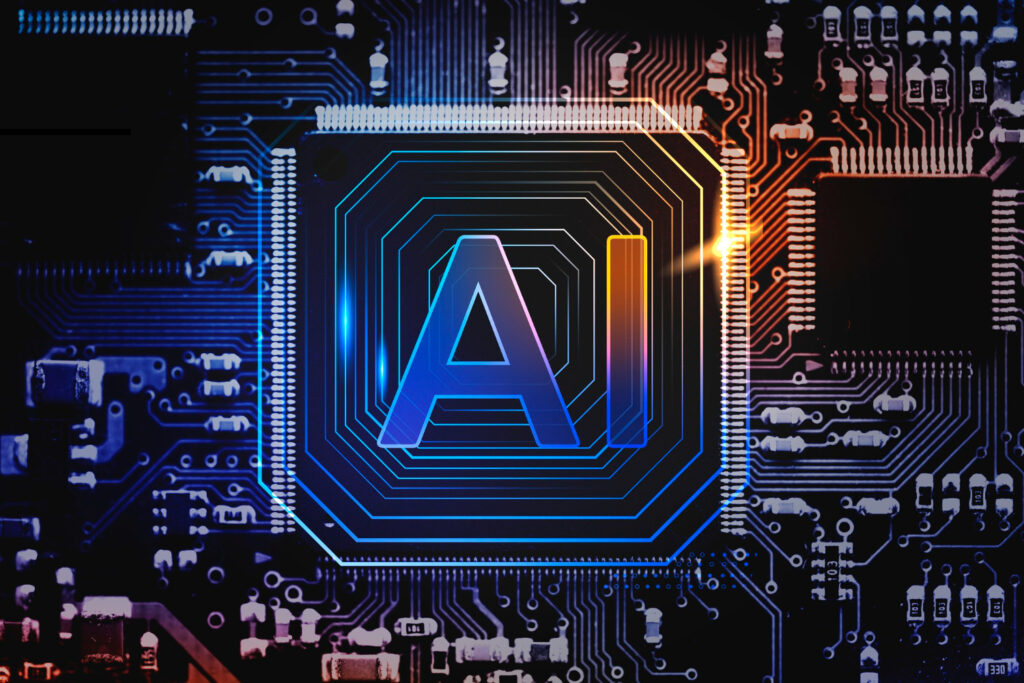In today’s world, Artificial Intelligence (AI) and Machine Learning (ML) are everywhere, but what do these terms mean? Let’s break it down in a way that’s easy to understand.
What is AI?
Imagine a robot or a computer that can think and act like a human. That’s what AI is all about! AI means making machines smart enough to do tasks like solving problems, understanding language, recognizing objects, or even driving cars.
For example:
- Siri or Google Assistant listens to your voice, understands your questions, and gives you answers. That’s AI in action!
- Chatbots on websites can help you solve your problems by chatting with you, just like a human customer support agent.
What is Machine Learning?
Now, how do these machines become so smart? That’s where Machine Learning (ML) comes in. ML is like teaching a machine how to learn on its own. Instead of programming it for every task, you feed it lots of data, and it learns patterns to make decisions.
For example:
- When Netflix recommends movies based on what you’ve watched, it’s using ML to understand your preferences.
- When you shop online and see “You might also like” suggestions, ML is working behind the scenes to predict what you’d be interested in.
How Do AI and ML Work Together?
AI is the brain, and ML is the training. Think of it this way:
- AI is like a smart student trying to solve problems.
- ML is the teacher giving the student (AI) lots of examples and practice questions to learn from.
For example:
- Self-driving cars: AI controls the car, but ML teaches it how to recognize traffic lights, pedestrians, and road signs by learning from thousands of real-world examples.
- Spam filters: Your email app uses ML to learn which emails are junk and blocks them automatically. AI ensures only the important messages reach you.
Why is AI and ML Important?
AI and ML make our lives easier by automating boring tasks, helping us make better decisions, and solving complex problems quickly.
Here are some more examples:
- Healthcare: Doctors use AI to detect diseases like cancer by analyzing medical reports faster and more accurately.
- Education: Personalized learning apps recommend lessons based on your progress.
- Banking: AI helps detect fraud by spotting unusual activities in your bank account.
Simple Example of ML
Let’s say you want a machine to recognize if a picture is of a cat or a dog. Here’s how ML works:
- Data Collection: You show the machine thousands of pictures labeled as “cat” or “dog.”
- Learning: The machine looks for patterns like shapes, colors, or features (e.g., whiskers for cats, floppy ears for dogs).
- Prediction: When you show a new picture, the machine predicts whether it’s a cat or a dog based on what it learned.
The Fun Part: AI in Daily Life
You already use AI every day!
- Voice Assistants: “Hey Alexa, play some music!”
- Smart Cameras: Your phone’s camera uses AI to blur the background in portrait mode.
- Google Maps: Finds the fastest route using AI to check traffic conditions.
The Future of AI and ML
AI and ML are not just about robots or sci-fi movies. They are tools we can use to solve real-world problems. In the future, they’ll play an even bigger role in creating smart cities, fighting climate change, and making our lives better.
Conclusion
AI and ML may sound complicated, but they’re just tools that help machines learn and make smart decisions. From recommending your favorite song to diagnosing diseases, AI and ML are shaping the future in incredible ways.
So, the next time you use an app or gadget, think about the AI and ML magic happening behind the scenes!





